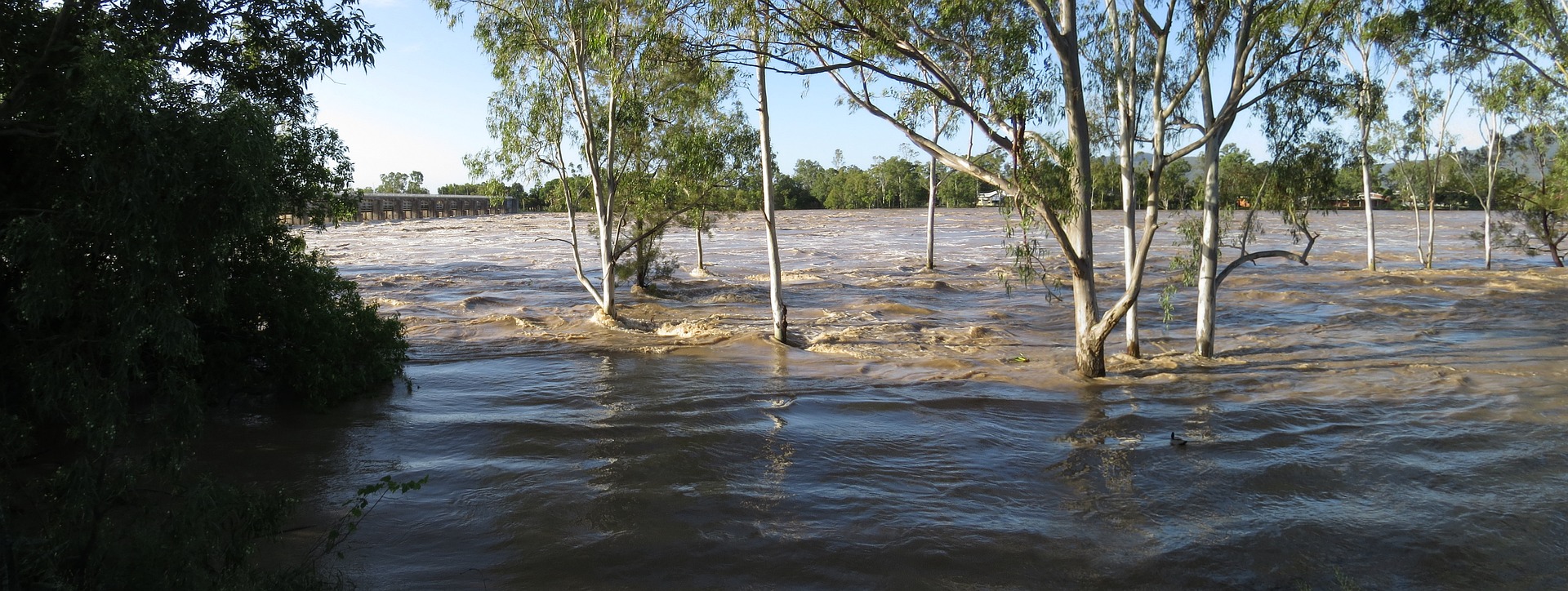
Tāmaki Makaurau – The economic cost of cyclone Gabrielle is, as yet, impossible to quantify. But the sheer number of people and the area impacted point to a significant effect on economic activity, a new ANZ research report says.
The cyclone has devastated many parts of the North Island many people have been and are still being affected by this event. It comes on top of substantial flooding in Auckland.
The report says there is the near-term disruption and destruction such as agricultural production, but in the longer term, there’s the repair and rebuild that will happen over 2023 and beyond.
The impacts of the cyclone point to clear upside risks to inflation. Construction costs, rents, insurance, furniture, and food prices among others could all face further upward pressure due to the cyclone.
There’s not much monetary policy can do to help in an event like this, the response is best left to fiscal policy, which is faster acting and can be targeted where it’s needed most.
At the margin, although its inflationary, this disaster reinforces our expectation that the Reserve Bank will only hike 50 basis points (bp) next week, rather than the 75bp they signalled in November.
Thousands of people have been displaced from their homes, and at one point, around 225,000 homes were reported to be without power.
The cyclone has left a trail of destruction from Northland to the east coast of the North Island.
It comes on top of a serious flooding event in Auckland.
“A larger proportion of the population has been affected. When the Canterbury earthquakes struck, the region made up just over 13 percent of New Zealand’s population.
“By comparison, combining the Auckland floods and Gabrielle, we’ve seen significant disruption and damage across the Northland, Auckland, Waikato which includes the Coromandel, Bay of
Plenty, Gisborne and Hawke’s Bay regions.
“In total, these regions represent 58 percent of the New Zealand resident population. The economic cost of the cyclone is, as yet, impossible to quantify. But the sheer number of people are impacted to a significant effect on economic activity.
“The impacts of the cyclone point to clear upside risks to inflation. Construction costs, rents, insurance, furniture, and food prices among other factors could all face further upward pressure due to the cyclone.
“There’s not much monetary policy can do to help in an event like this, the response is best left to fiscal policy, which is faster acting and can be targeted where it’s needed most. At the margin, although its inflationary, this disaster reinforces ANZ’s expectation that the economy will be impacted.
“But it’s clear that destruction has been widespread, with houses damaged or destroyed, businesses flooded,15 bridges gone, roads covered or wiped out by slips, crops destroyed, electricity out for weeks in Napier, and logging operations halted,” the report says.

